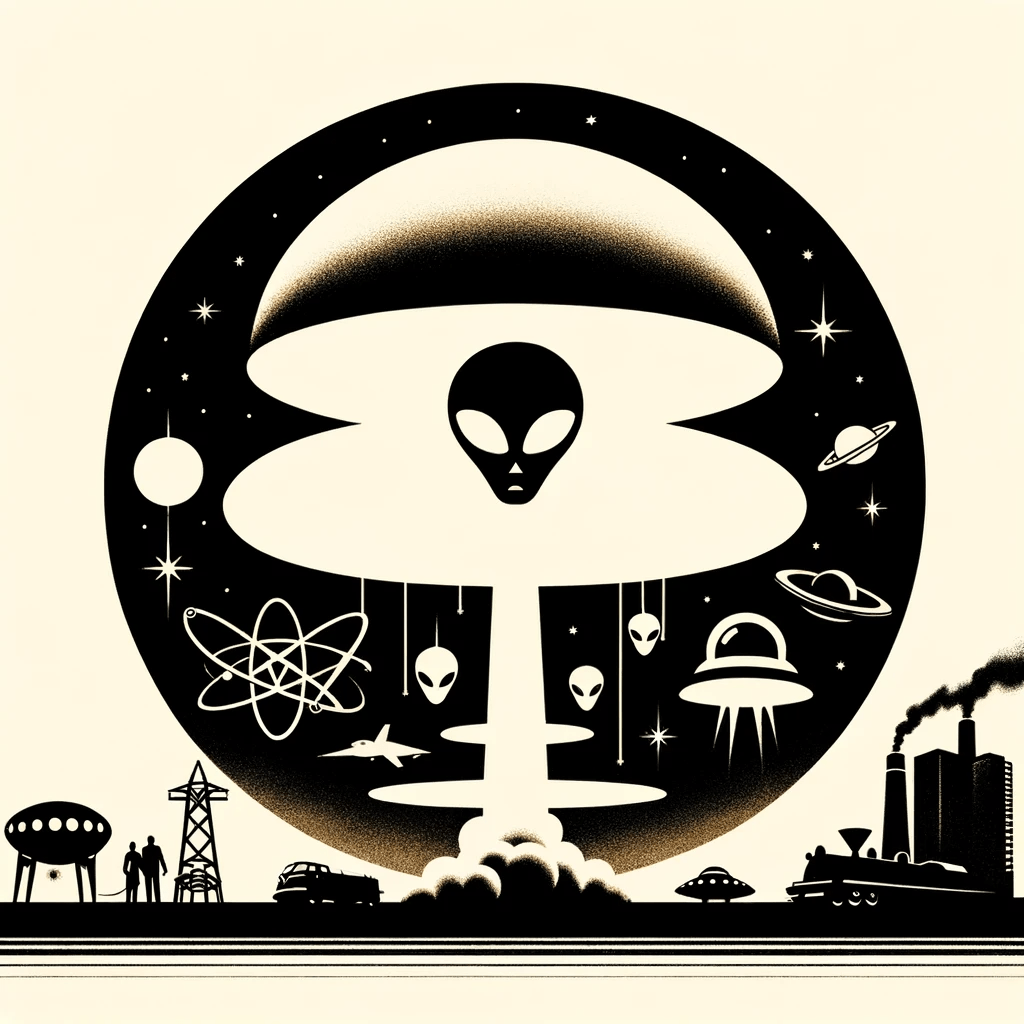Edward Teller

Edward Teller was a Hungarian-American physicist who was born in Budapest, Hungary, in 1908, and died in Stanford, California, in 2003. He is best known for his work on nuclear weapons and his contributions to the development of the hydrogen bomb.
Teller earned a degree in Chemical Engineering from the Technical University of Budapest in 1929, and he later earned a Ph.D. in Physics from the University of Leipzig in 1930. After completing his education, Teller worked as a research assistant to Werner Heisenberg, a prominent German physicist, in Leipzig. He then worked at several universities and research institutions in Europe before immigrating to the United States in 1935.
In the United States, Teller worked at several prominent institutions, including the University of Chicago, Los Alamos National Laboratory, and Lawrence Livermore National Laboratory. He was involved in the development of the first atomic bomb during World War II, and he later played a key role in the development of the hydrogen bomb.
Prominent physicists Edward Teller and J. Robert Oppenheimer both played significant roles during the Manhattan Project, a U.S. government initiative in World War II which developed the atomic bomb. Despite working on the same project, their professional interactions were characterized by disputes and personal strains.
Teller was a strong proponent of the creation of a thermonuclear weapon, also known as the hydrogen bomb, a weapon with greater destructive power than the atomic bomb. Even during the Manhattan Project, which was primarily focused on the development of atomic weapons, Teller was outspoken about his thermonuclear ambitions. In contrast, Oppenheimer had moral reservations about producing such a massively destructive weapon, leading to his hesitancy towards the hydrogen bomb project.
Their working relationship further deteriorated during the early 1950s when Oppenheimer’s security clearance became a subject of scrutiny. Past allegations of connections with communist groups had cast a shadow on Oppenheimer, leading to a hearing to determine whether his clearance should be revoked. In this hearing, Teller gave a damning testimony against Oppenheimer, expressing that he would have a greater sense of security if Oppenheimer’s clearance was not granted. Teller’s words played a crucial role in Oppenheimer losing his clearance, which essentially brought an end to his government and scientific advisory career.
Teller was known to have been interested in the topic of UFOs and UAPs, and he is often cited as one of the few scientists who publicly acknowledged the possibility of extraterrestrial life. In a 1958 interview with Life magazine, Teller was quoted as saying, “I think that we must assume that there are many intelligent beings in the universe. It’s a very big place.”
Ronald Garner shares an important story about Edward Teller, a leading physicist often called the “father of the hydrogen bomb.” According to Garner, Bill Uhouse, an engineer involved in reverse-engineering projects connected to alien technology, disclosed that Edward Teller encountered two extraterrestrial individuals at Los Alamos. These individuals, characterized by their blond hair and blue eyes, commonly known as “Nordics” in the study of UFOs, were said to be imparting advanced scientific knowledge from their world to Teller, facilitating an exchange of information between their civilization and ours.
- Teller was known for his controversial stance on nuclear weapons and his support for the development of a missile defense system. He argued that such a system would be necessary to protect the United States from the threat of nuclear attack, and he was a strong advocate for the Strategic Defense Initiative (SDI), a proposed missile defense system that was announced by President Ronald Reagan in 1983.
- Teller was also known for his work on the development of lasers and other advanced technologies. He was a key figure in the establishment of Lawrence Livermore National Laboratory, which is still a leading research institution in the field of laser technology.
- Teller was a prolific author, and he wrote several books and articles on topics related to nuclear physics, national defense, and energy policy. Some of his most notable works include “The Legacy of Hiroshima,” “Better a Shield Than a Sword,” and “Conversations on the Dark Secrets of Physics.”
Books Written by Teller
Edward Teller was a prolific author, and he wrote numerous books and articles throughout his career. Some of his most notable works include “The Legacy of Hiroshima,” “Better a Shield Than a Sword,” and “Conversations on the Dark Secrets of Physics.” In these works, Teller explored a range of topics related to nuclear physics, national defense, and energy policy.
“The Legacy of Hiroshima” is a collection of essays that were published in the aftermath of the atomic bombing of Hiroshima and Nagasaki. In the book, Teller reflects on the events of World War II and the development of the atomic bomb, and he explores the implications of this new technology for the future of warfare and international relations.
“Better a Shield Than a Sword” is a book that explores Teller’s views on national defense and the need for a missile defense system. In the book, Teller argues that the development of such a system is necessary to protect the United States from the threat of nuclear attack, and he offers a detailed analysis of the technical and political challenges involved in creating such a system.
“Conversations on the Dark Secrets of Physics” is a book that is based on a series of interviews that Teller gave to physicist Charles Thorpe. In the book, Teller reflects on his life and career, and he offers insights into some of the most important discoveries and developments in the field of nuclear physics.
Several books have been written about Edward Teller, including biographies and historical accounts of his work. One notable example is “Edward Teller: The Real Dr. Strangelove” by Peter Goodchild. This book provides a comprehensive overview of Teller’s life and work, including his contributions to the development of nuclear weapons and his controversial views on national defense and missile defense.

